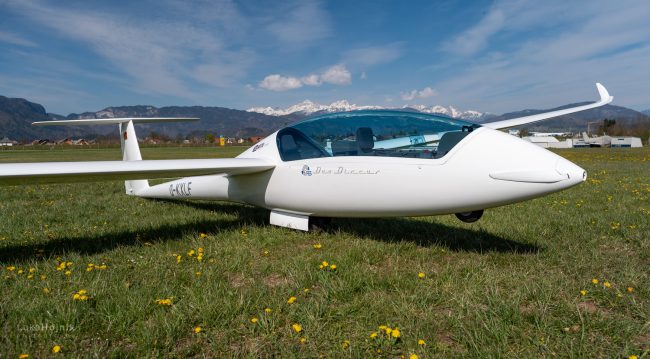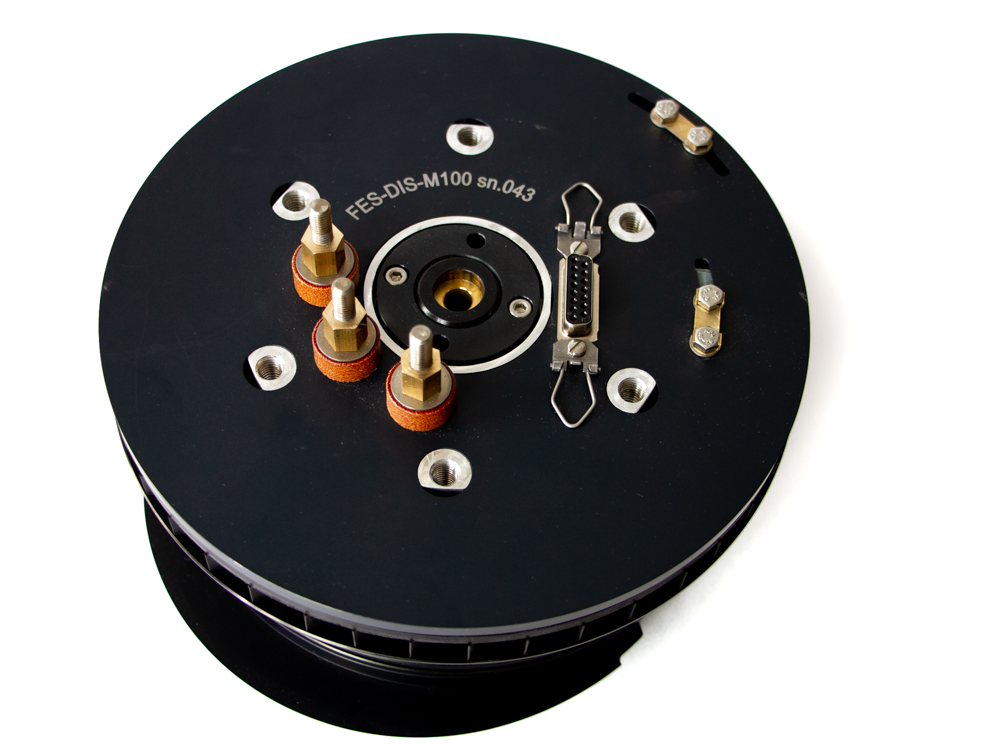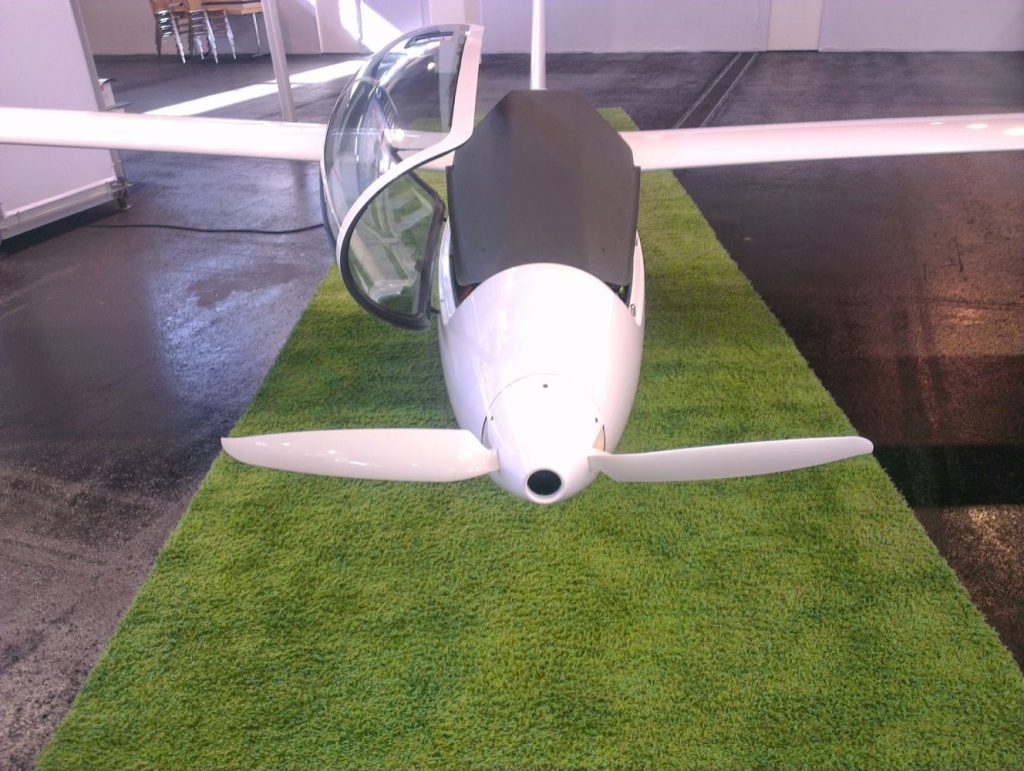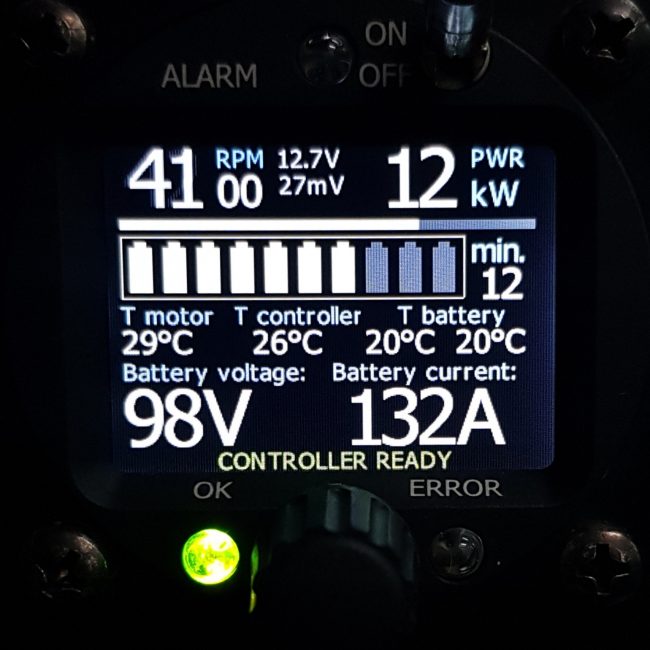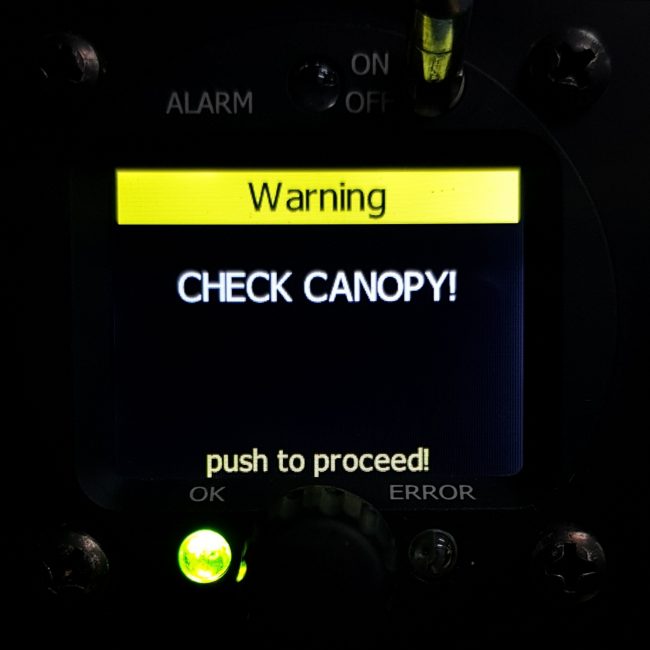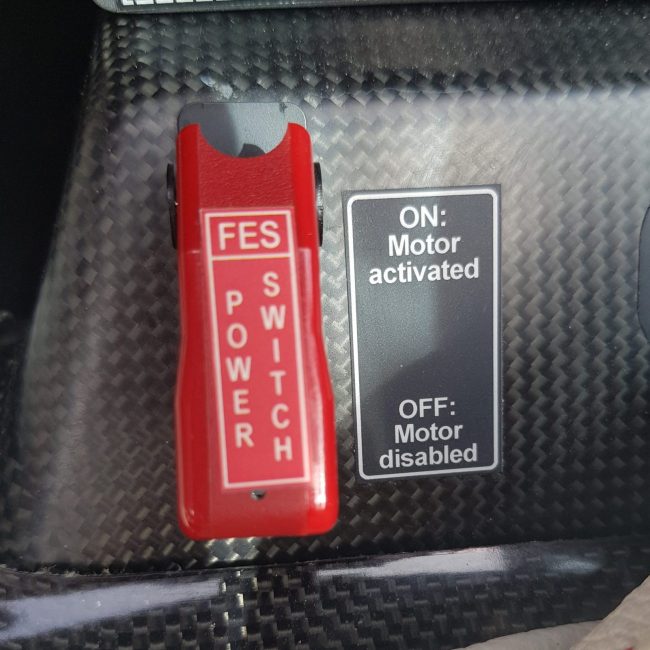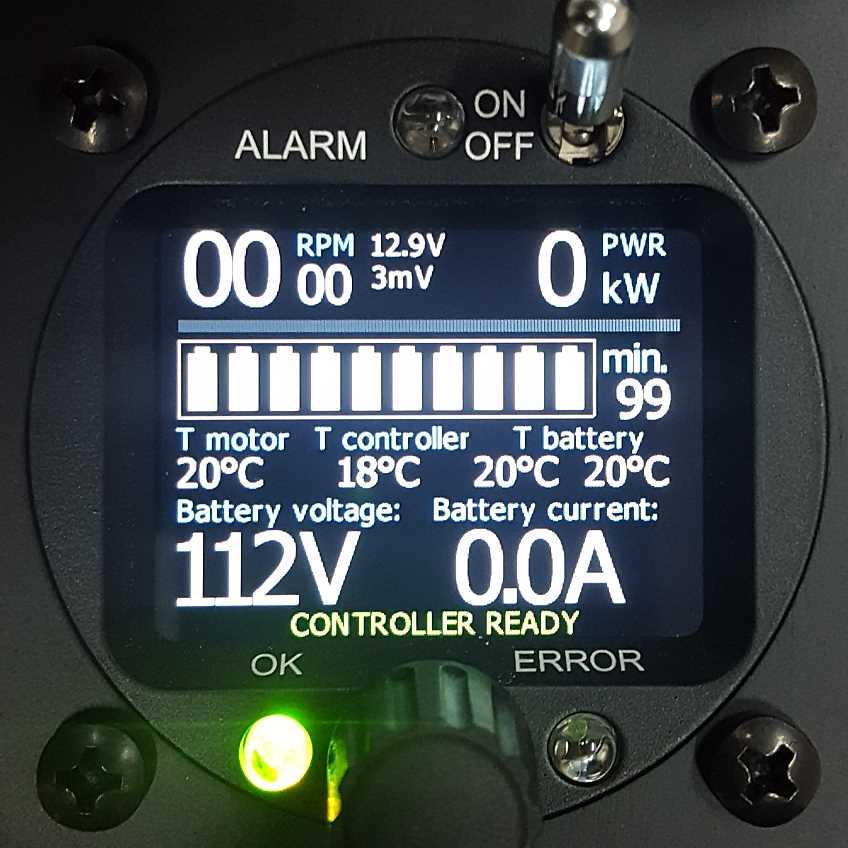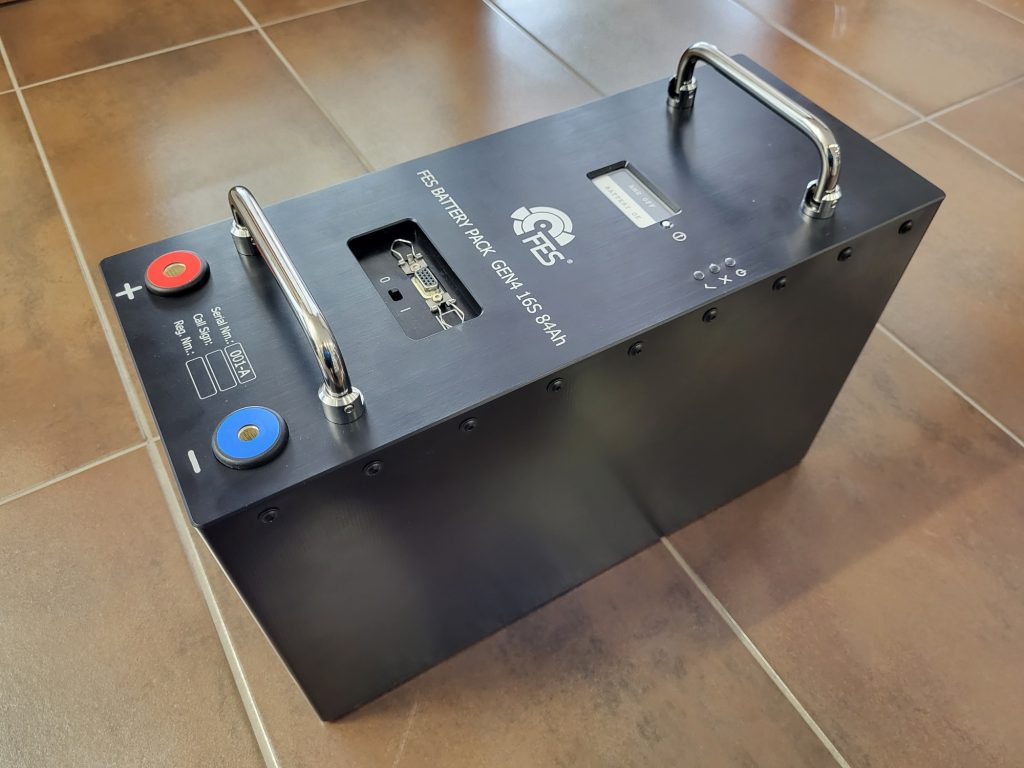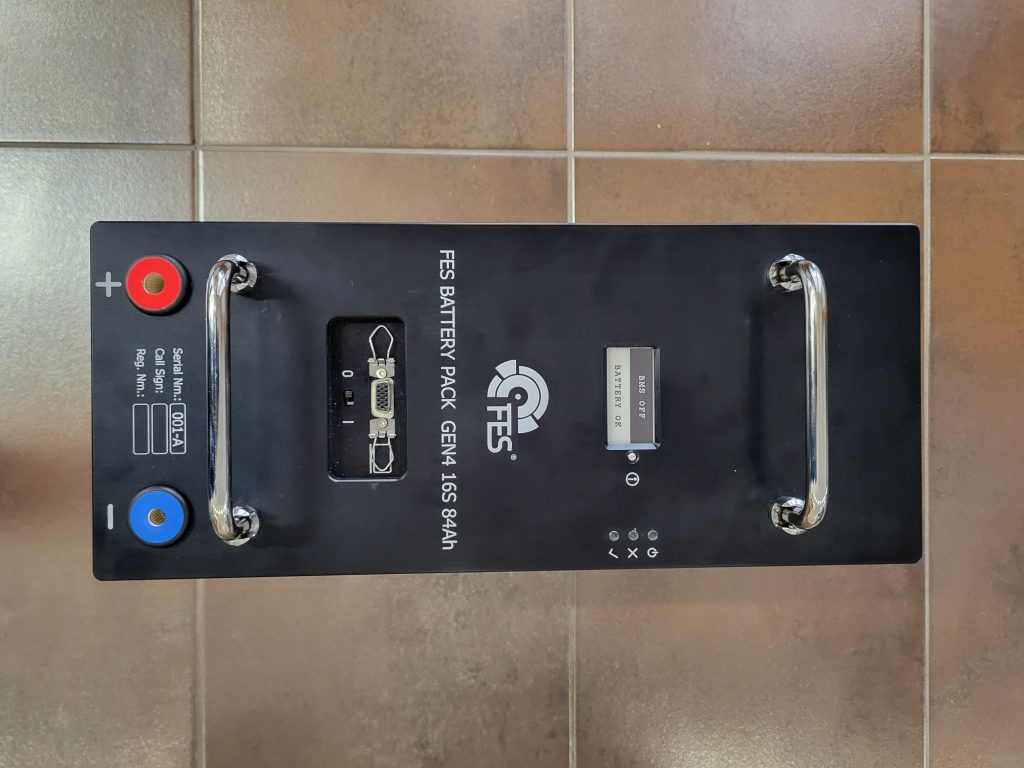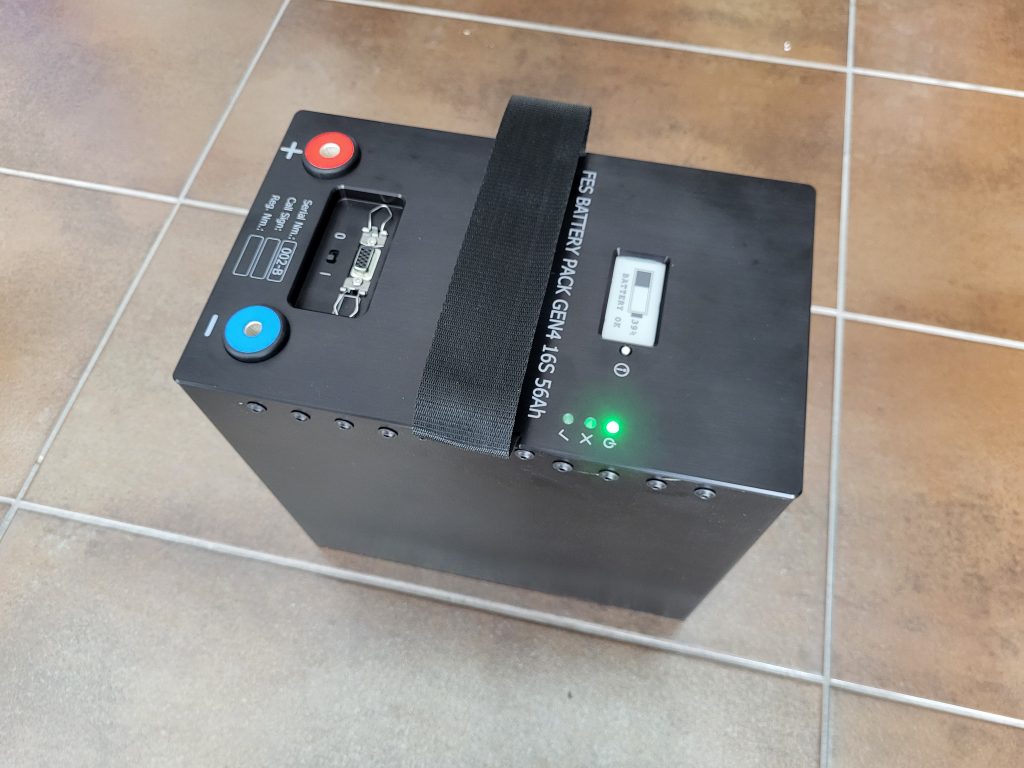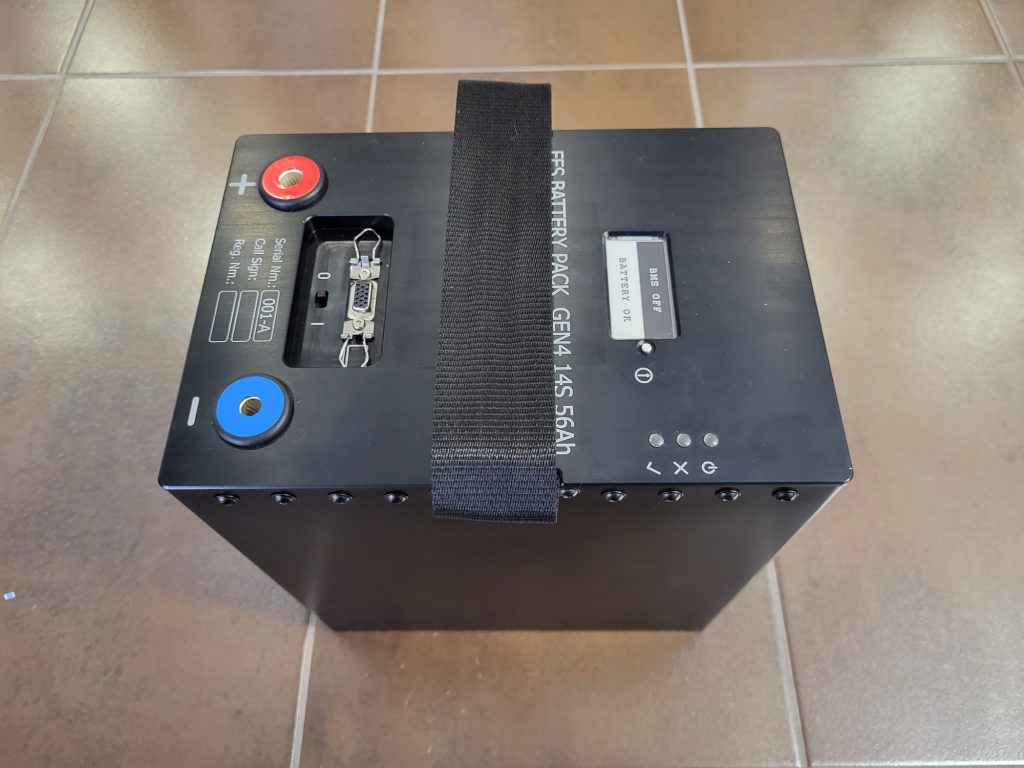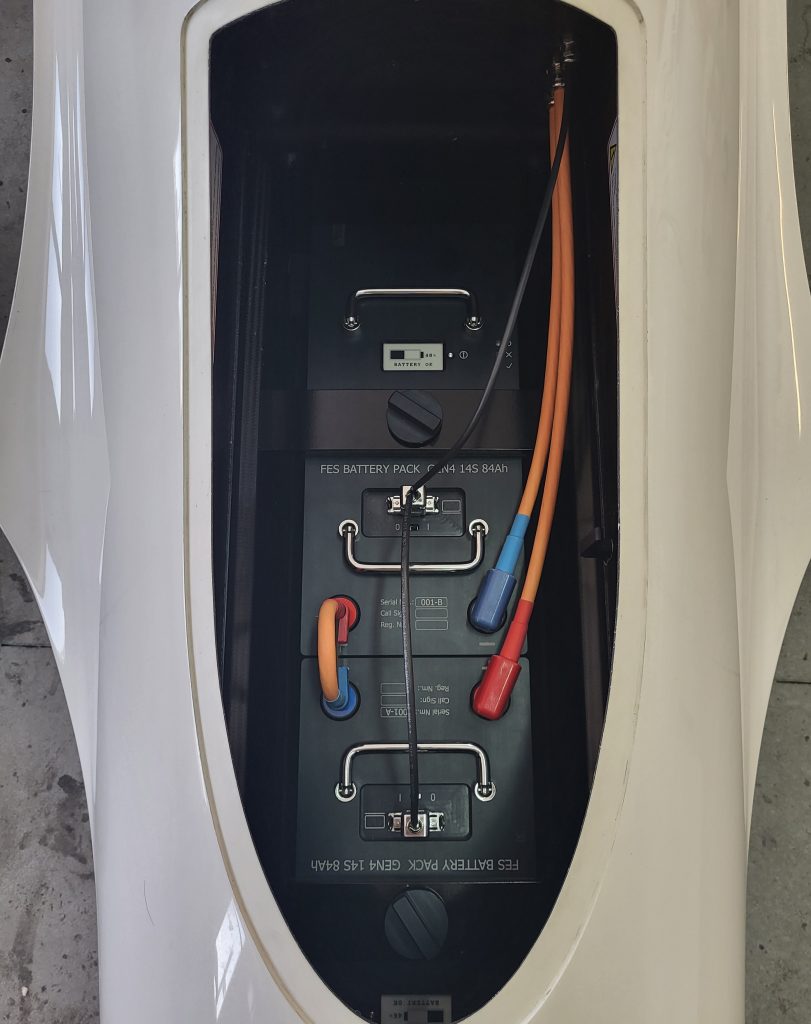Main advantages
Searching for a suitable electric motor that would fulfil all our technical requirements was one of the first challenges when we were developing the FES System. After evaluating available electric motors on the market, it was quite logical and easy to decide: We need to design our own electric motor.
Bench testing of our first prototype was encouraging. After a few more prototypes, and numerous tests and improvements, the end result become a family of a few different FES motors as we know them today.
Typical FES Motor is an out-runner BLDC brushless synchronous permanent magnet motor with electronically controlled commutation system 3 phase. Because of the low internal resistance of windings and very small gap between stator and rotor, exceptional performance are achieved in a wide range of power with excellent efficiency. Typical maximum power is in range of 22-30kW, at motor weight of only 7,3-8kg depends on specific version of FES motor.
Shape of front torsional plate is adjusted according inner spinner surface of each specific FES sailplane type. Otherwise there are just minor differences between different FES motor types.
Technical characteristics:
| Max. power: | 22 kW |
| Continuous power: | 20 kW |
| Diameter: | 180 mm |
| Lenght: | 100 mm |
| Weight: | 7,3 - 8 kg |
| Efficiency: | up to 95 % |
